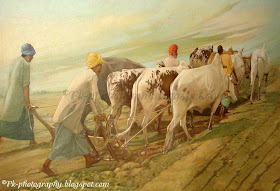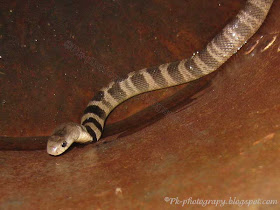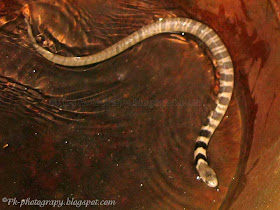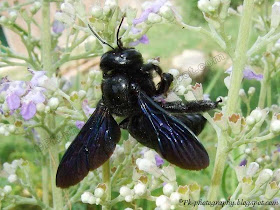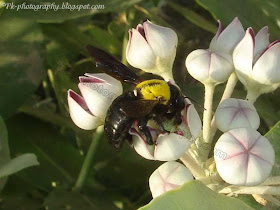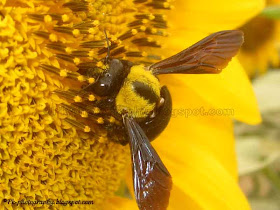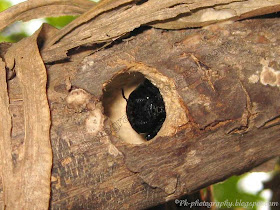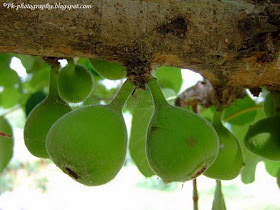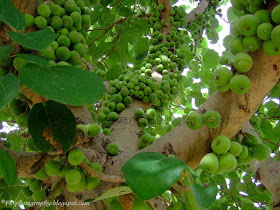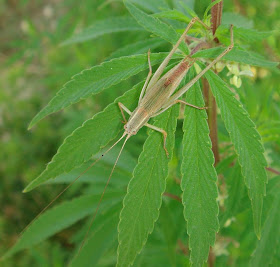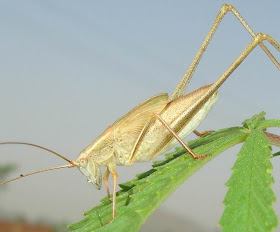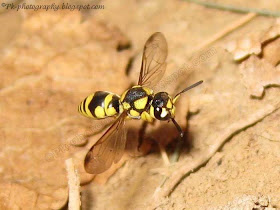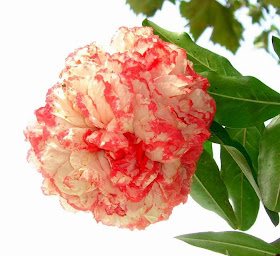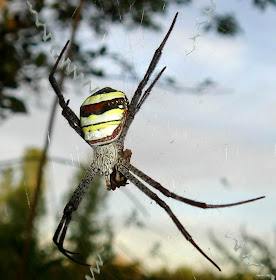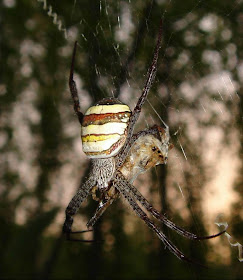I took this oxen ploughing painting picture at Lahore museum. I liked this painting because it shows a part of our culture, which is now almost out of practice. I'm not sure whether it is an historical painting or just a painting shows an old method of farming, where our farmers used to plough with the help of oxen. When I was a kid we had two pair of oxen and I saw my father ploughing all the day. But now you will hardly see any farmer in the village keeping oxen.
Ploughing with Oxen Painting
